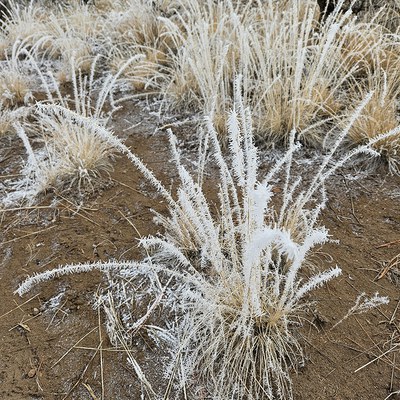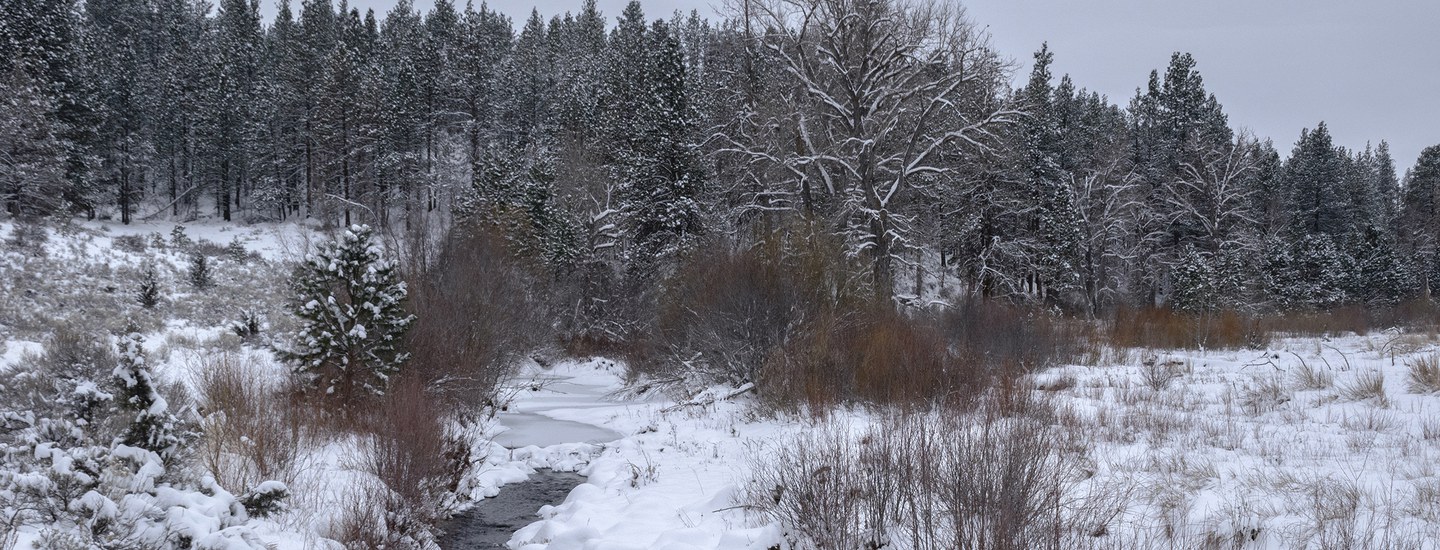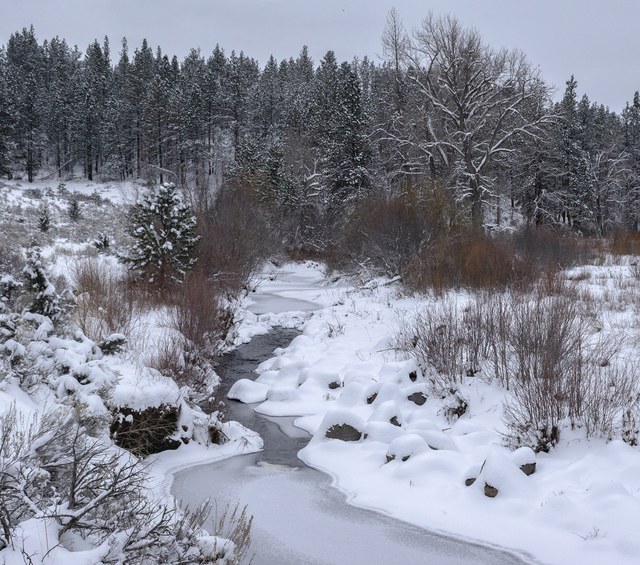Dormancy is a time when a plant is alive but not actively growing. Just like the way bears and other animals hibernate, during this period, the plant slows down its inner processes—like turning chlorophyll to nutrients—and consumes less energy. This allows the plant to rest when there’s less sunlight and colder weather that could damage the plant if it was in full leaf and more active. Not all plants go through dormancy. Annual plants live out their entire life cycle in one season, and evergreens, like many fir trees, stay active all year long. Plants that go through dormancy in the winter months and wake up again in the spring are called perennial plants.

To begin to understand dormancy, we need to look at what plants do when they’re active. Plants produce the nutrients (or food) they need by a two-part process. First, green leaves collect sunlight and convert it into energy the plant can use. But plants don’t just collect sunlight! They also absorb the carbon dioxide that other things—like us!—breathe out. Through a chemical process, plants then produce enzymes that allow them to use the energy collected from sunlight to convert the carbon dioxide into nutrients they can use for growth. The process of collecting sunlight, called photosynthesis, relies on how much daylight a plant gets. The enzymes that break down carbon dioxide rely on the plant being warm enough.
The reduced amount of sunlight and warmth a plant receives in the fall tells the plant that it’s time to start its dormancy. When the amount of daylight declines, a plant’s roots produce a hormone called abscisic acid that tells the plant to reabsorb all the nutrients it puts into its leaves for photosynthesis. As these nutrients are reabsorbed, leaves can turn yellow and red. When temperatures drop, sugars, salts, and other nutrients are stored within a plant’s cells to protect them from freezing, while roots stay protected by soil, mulch, and snow. Water and other nutrients are held in the plant’s roots until the days become longer again.
In the spring, increasing daylight is detected by photoreceptors (light sensors) just under the bark of stems and twigs, and tells the plant it’s time to wake up and start producing buds again.
There are a few ways you can check on whether your plant is sleeping, or may need to be replaced in the spring.
- Leaves and stems may turn brown during dormancy, but they won’t be hollow or break easily. If you snap a small twig and feel any flexibility or still see green, that plant is just resting!
- You can also gently check on the roots; healthy roots are white and hold onto soil.
- Plants will begin to grow again once they get enough consistent daylight and warmth. If your plant doesn’t show any growth by early summer, it’s probably time to remove it from your garden.
Many of the plants native to Central Oregon are perennial and go through an annual period of dormancy that makes them well adapted to our local climate and soil conditions. Native plants also support our local wildlife by providing food and habitat, and help reduce the risk of wildfire in our area. With all they do, they’ve earned their winter’s rest!
Learn more:
- Join the Land Trust for our February 24, 2025 Nature Night: Gardening for a Home Wildlife Haven
- Falling for Fall Leaves!
- Preparing Your Yard and Garden for Winter
- Creating a Butterfly Garden
- Pollinator Plants to Grow
Sources:
- What Causes a Tree to Enter and Exit Dormancy?, Penn State Extension
- Dormancy: A Plant’s Way to Hibernate, iNaturalist
- Dormancy: A Key to Winter Survival, University of New Hampshire Extension
- Is it Dead or Dormant? How to Tell the Difference in Native Perennial Plants, Garden for Wildlife, National Wildlife Federation


